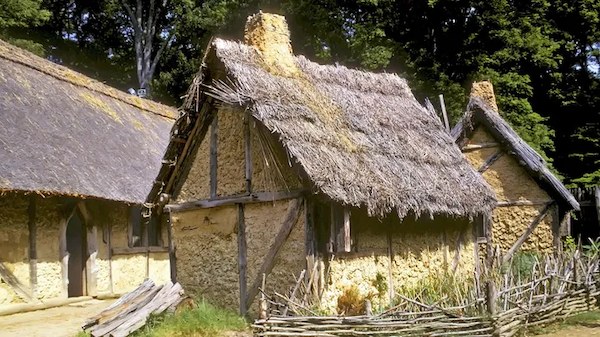One of America's most historic sites is in danger of being destroyed. Jamestown has just been named one of America’s most endangered historic places by the US National Trust for Historic Preservation. In the last century the river has risen by a foot and a half. Now, the site floods five or six times a year, putting large areas underwater.
The region is at a “critical juncture” where inaction would mean it will “disappear from the cultural landscape”, the US National Trust for Historic Preservation said.

King James I granted the Virginia Company a royal charter for colonial pursuit in 1606. Three ships – the Susan Constant, the Godspeed and the Discovery headed west via the Canary Islands and the Caribbean before reaching the Chesapeake Bay.
Of the first 104 settlers, only 38 survived the first winter. The scarcity of food was such in the early years that people ate box turtles, horses, dogs, snakes, and then each other.
There were also skirmishes with the Powhatan Indians, with peace only achieved after their most famous daughter, Pocahontas, joined the British settlers and eventually ended up in England.
Around 1610, fortunes changed with the arrival of tobacco seeds, which were then planted and cultivated. In 1619, the first slaves arrived.
However, the greatest threat today to Jamestown has been Mother Nature: Situated on a tidewater island between the James River and a swamp, the site is vulnerable to heavy rain and rising groundwater levels brought about by climate change. “You’ve got resources there underwater, that are staying underwater,” said Katherine Malone-France of the National Trust.
Archaeologists and their colleagues attempt to manage the water around their excavations with drainage systems constructed in the 1950s, sump pumps, sand bags, and tarps because water can damage or destroy artifacts such as pieces of armor, projectile points, and human remains, and wash away layers of sediments.
Plans to reinforce the 100-year-old concrete-block seawall holding back the James River with giant granite stones will soon get underway, added Michael Lavin of Jamestown Rediscovery. A modern drainage system, a special flood berm, and raised roads are also needed to preserve the site, he said.
You can read more about the history of Jamestown on many different web sites. You might first start at: https://www.britannica.com/place/Jamestown-Colony.